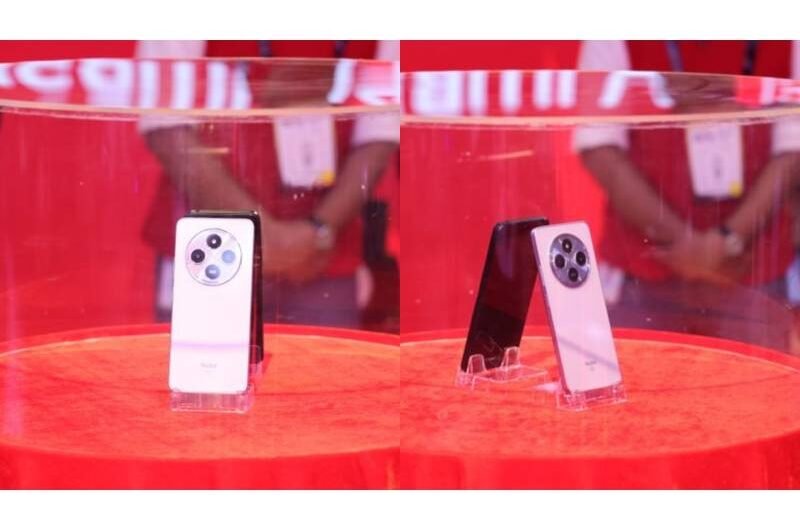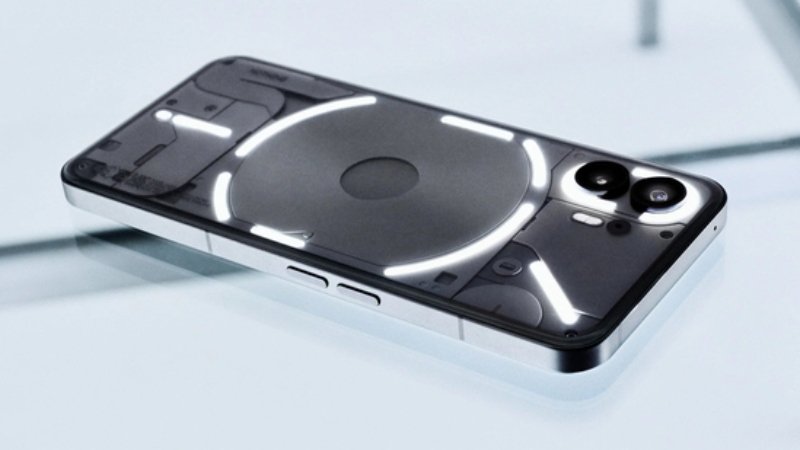For devices without specific AV1 playback hardware, Google is improving video streaming in a future release. Owners of midrange and low-cost devices will mostly benefit from the AV1 codec, which enables lower bitrates without sacrificing visual quality.
Google may soon include the open-source video AV1 codec libdav1d into its systems, according to Android Authority. This codec, created by VideoLAN, will allow AV1 videos to be viewed on devices without integrated AV1 hardware by using the CPU to handle the intricate decoding.
The Alliance for Open Media (AOMedia), which is made up of Mozilla, Netflix, Amazon, Cisco, Google, Intel, and Microsoft, unveiled AV1 in 2018. Although it has already been embraced by businesses such as Vimeo, Netflix, and YouTube, it is still not the industry standard for video services.
Since there are no licensing costs and it is free to use, businesses are eager to use it. AV1 offers the largest benefit, though, in that it uses less bandwidth while maintaining excellent video quality. The codec compresses data up to 30% more efficiently than popular codecs like H265.
However, because the encoding and decoding processes are more intricate, it may be more taxing on CPU resources.
Both Newer and Older Phones Use AV1
The Apple A17 Pro chipset, which powers the iPhone 15 Pro and iPhone 15 Pro Max, as well as Qualcomm’s Snapdragon 8 Gen 2 are the first modern devices to include support for AV1 codecs. The purpose of this specialized hardware is to use the AV1 video codec to decode video material. Though it may still be a few years before this is widely used, it is currently not the norm for mobile phone chipsets.
Because of this, more modern and intermediate devices lacking this specific technology are unable to take use of the more effective streaming. These devices can benefit from more efficient codecs with Google’s suggested update, but the increased CPU usage may result in a greater drain on battery life.
What Time will this Update be Released?
According to Android Authority, Google previously mandated that AV1 codecs be included in all custom builds, and Android 14 supports the libgav1 codec. However, the more effective libdav1d might be used in this suggested update. This codec may be released as part of the Google Play System Update in March 2024. If this is the case, AV1-supported video playing in apps like YouTube, TikTok, and Instagram may perform better for users of midrange or low-cost phones and tablets.
Additionally, it’s not clear yet whether the more effective libdav1d codec will only be available in the most recent version of Android 14, or if it will also be present in Android 10 and later releases.
We are likely to see more AV1 codecs deployed by video content and streaming services in the future, if only for them to save money due to the free license and lower bandwidth requirements. This update’s widespread release may ease the strain on Google’s network infrastructure and servers.
Anyone watching on a mobile device should pay particular attention to this since they typically have additional bandwidth restrictions. When you connect to mobile data networks, employing the codec may also result in you consuming less of your allotted data. Shorter load times could be achieved by delivering video content more quickly. It might also make it simpler for residents of remote places with spotty internet service to consistently consume online material.
Topics #Android Version #Enhance Video Playback #Entry-Level and Older Phones











